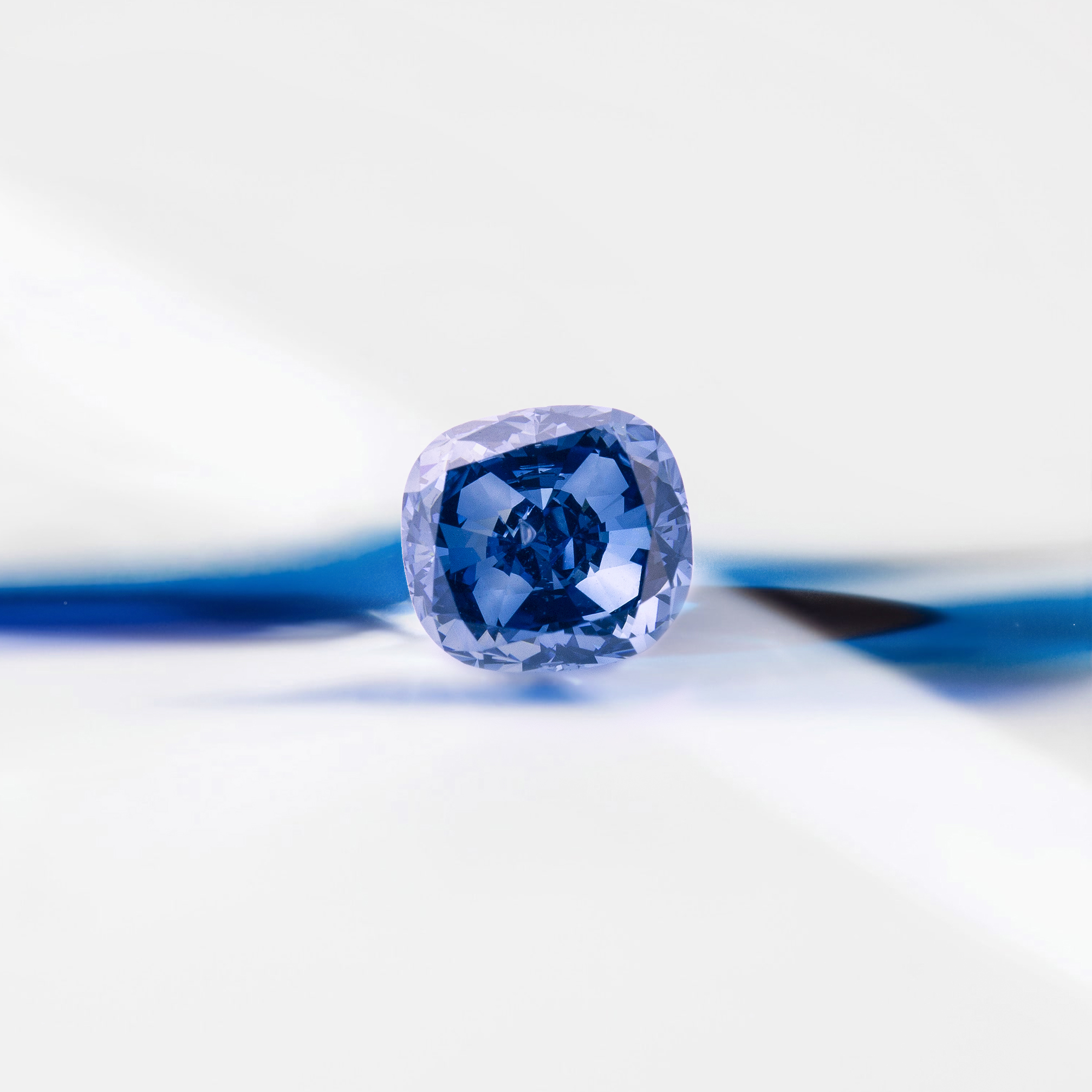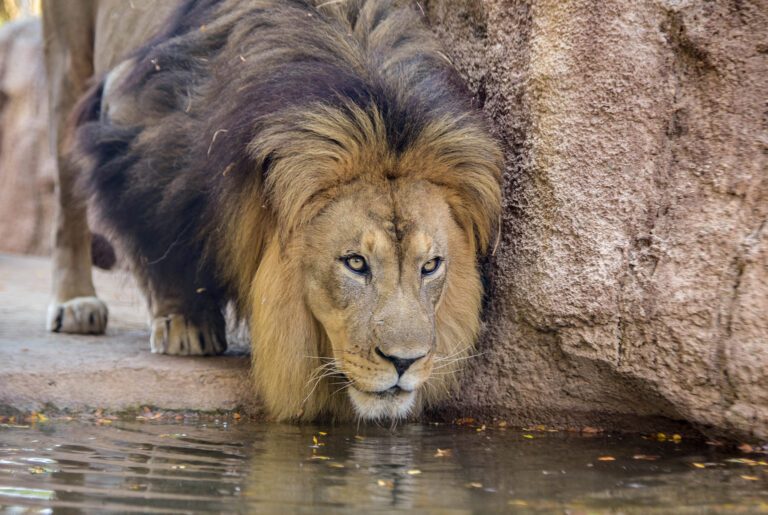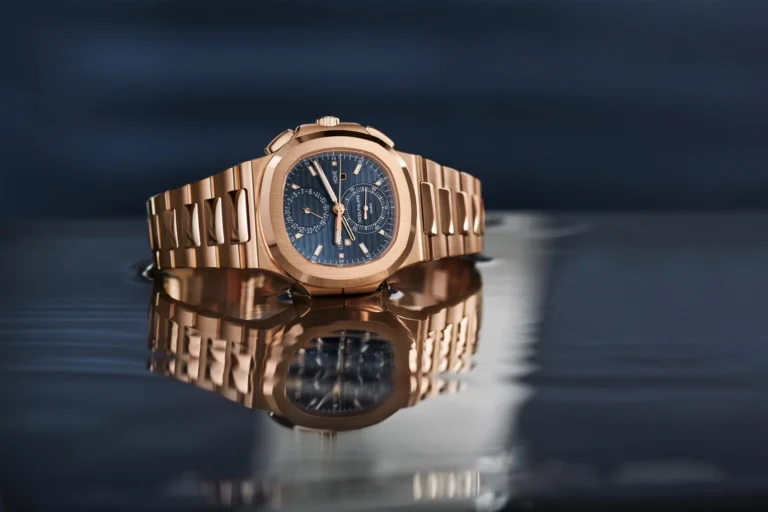Is Blue Diamond Expensive
Diamonds have always captivated human fascination, their brilliance and allure making them a symbol of elegance and prosperity. While diamonds are universally coveted, one particular category stands out among the rest: blue diamonds. These mesmerizing gemstones, tinted with a rare blue hue, have an ethereal beauty that sets them apart. But as the desire to possess one grows, so does the uncertainty surrounding their price. Today we dive straight into the depths of the diamond market to find out if blue diamonds are truly as expensive as they are believed to be. Without further ado, let’s unravel the mysteries and get to the heart of the matter.
Table of Contents
- Shedding Light on Blue Diamond: The Pricing Mystery Unveiled
- Unveiling the Rarity of Blue Diamonds: A Closer Look at their Value
- Exploring Factors that Influence the Price of Blue Diamonds
- Decoding the Pricing Structure of Blue Diamonds: What You Should Know
- Assessing Value for Money: Should You Invest in Blue Diamonds?
- Recommendations for Prospective Buyers: Maximizing Value in Blue Diamond Purchases
- FAQs
- In Conclusion

Shedding Light on Blue Diamond: The Pricing Mystery Unveiled
Blue diamonds have always been the epitome of elegance and rarity, captivating both investors and jewelry enthusiasts. However, the mysterious pricing of these precious gems has left many baffled. Today, we aim to unravel the enigma behind the pricing of blue diamonds and give you a deeper insight into this fascinating world.
1. Fancy Color Grading: One of the primary factors determining the value of a blue diamond is its unique color. The Gemological Institute of America (GIA) has devised a comprehensive grading system to categorize diamonds based on their hue, tone, and saturation. Blue diamonds are divided into several color intensities, ranging from faint to fancy deep. The more intense and vivid the blue, the higher the value of the diamond. This grading process ensures that each blue diamond’s price accurately reflects its extraordinary color properties.
2. Rarity: Blue diamonds are exceptionally rare compared to their colorless counterparts. Only a handful of blue diamonds are discovered annually, making them highly coveted in the market. The scarcity of these gems contributes significantly to their sky-high prices. The combination of geological factors, including extreme pressure and temperature, during their formation millions of years ago, results in the mesmerizing blue hue that sets these diamonds apart. This rarity factor, coupled with their stunning beauty, makes blue diamonds highly sought after by collectors and connoisseurs worldwide.
Understanding the intricacies behind the pricing of blue diamonds allows you to appreciate their true value and rarity. The color grading process by the GIA ensures that each blue diamond is fairly priced based on its uniqueness, while their scarcity adds an element of exclusivity and allure.
Unveiling the Rarity of Blue Diamonds: A Closer Look at their Value
Blue diamonds, rare and incredibly valuable, have captivated the attention of gem enthusiasts around the world. These exquisite gems possess an aura of mystery and beauty that is unparalleled. Unlike their more common colorless counterparts, these unique stones draw the eye with their mesmerizing hues of deep ocean blue or vibrant sky blue. What makes these diamonds truly extraordinary is their scarcity in nature, making them highly sought after by collectors and connoisseurs alike.
The uniqueness of blue diamonds stems from their distinctive color, which is caused by traces of boron in the crystal lattice. This impurity gives the diamonds their stunning blue hue, ranging in intensity from pale to intense. One of the key factors determining the value of a blue diamond is the saturation and intensity of its color, with vivid and deep blue stones commanding the highest prices. Additionally, the size, clarity, and cut of the diamond also contribute to its overall worth. Blue diamonds with perfect clarity and precise cuts enhance the radiant beauty of these exquisite gems, increasing their desirability and value. Considering these factors, it becomes evident why blue diamonds are considered such extraordinary and valuable treasures in the world of gemstones.
Exploring Factors that Influence the Price of Blue Diamonds
Blue diamonds are a fascinating gemstone coveted by collectors and enthusiasts alike. But have you ever wondered what factors contribute to the price of these stunning diamonds? Let’s dive into the world of blue diamonds and explore the various elements that influence their value.
1. Rarity: Blue diamonds are extremely rare, making them highly sought after by jewelry connoisseurs. The scarcity of these diamonds, coupled with their unique and captivating hue, directly impacts their price. The rarer the blue diamond, the higher its value.
2. Color: The color of a blue diamond plays a significant role in determining its price. The intensity and saturation of the blue hue greatly affect its desirability and worth. Diamonds with a rich, deep blue color command a higher price compared to those with a lighter or less intense shade.
3. Cut: The way a blue diamond is cut affects its brilliance and overall aesthetics. A well-cut diamond will reflect light in mesmerizing ways, enhancing its beauty. The cut also influences the diamond’s perceived size, with certain cuts maximizing its appearance. Diamonds that are expertly cut to maximize their brilliance often fetch a higher price.
4. Clarity: Like other diamonds, the clarity of a blue diamond is a crucial factor in determining its value. The presence of any internal or external flaws, known as inclusions, can impact how light passes through the stone. Blue diamonds with minimal inclusions are considered rare and carry a higher price tag.
5. Carat weight: The size of a blue diamond, measured in carats, is another significant factor in its pricing. Generally, the larger the diamond, the higher its value. However, when it comes to blue diamonds, their rarity and unique color outweigh the carat weight, making smaller stones that possess exceptional color and clarity still highly valuable.
In conclusion, the price of blue diamonds is influenced by a combination of factors, including rarity, color, cut, clarity, and carat weight. The interplay between these aspects determines the desirability and ultimately the market value of these mesmerizing gems. Whether you’re a lover of blue diamonds or simply curious about their allure, understanding these factors sheds light on the enchanting world of these extraordinary gemstones.

Decoding the Pricing Structure of Blue Diamonds: What You Should Know
Blue diamonds, with their mesmerizing hue, have always been an object of fascination. However, when it comes to understanding the pricing structure of these exquisite gemstones, things can get a little perplexing. Let’s dive deep into the world of blue diamonds and unveil the key aspects you need to know regarding their pricing.
First and foremost, the color of a blue diamond plays a crucial role in determining its value. The more intense and vivid the blue hue, the higher the price tag. Keep in mind that the color intensity is graded on a scale ranging from Faint Blue to Fancy Vivid Blue, with Fancy Vivid being the most coveted and expensive category. Additionally, secondary colors such as green or gray can significantly impact the value of a blue diamond, so it’s worth considering their presence or absence.
Apart from color, the size, or carat weight, of a blue diamond is another determining factor. As with any gemstone, larger blue diamonds are generally more valuable. However, it’s important to note that the price per carat tends to increase at a disproportionate rate as the size of the diamond increases. In simpler terms, a 2-carat blue diamond will not be twice as expensive as a 1-carat diamond of similar quality; it will likely be even pricier. This exponential increase in price is due to the rarity of larger blue diamonds. So, if you’re considering a blue diamond purchase, budget accordingly.
Assessing Value for Money: Should You Invest in Blue Diamonds?
When it comes to investing, blue diamonds have emerged as a fascinating option, enticing investors with their rare beauty and potential for high returns. However, before you dive into the world of blue diamond investments, it’s important to assess whether they truly offer value for money.
1. Rarity: Blue diamonds are incredibly rare, making up only a fraction of all diamonds mined worldwide. This scarcity drives up their value and increases the potential for substantial returns on investment.
2. Demand: The demand for blue diamonds has been steadily rising in recent years, particularly from collectors and high-end jewelry enthusiasts. This growing demand further contributes to their investment potential.
3. Market Performance: Blue diamonds have shown impressive performance in the market, consistently fetching high prices at auctions and private sales. This past performance indicates a favorable outlook for future investment returns.
However, there are a few factors to consider before taking the plunge:
1. Expertise: Investing in blue diamonds requires specialized knowledge and expertise. It is essential to thoroughly research the market, understand the 4Cs (color, clarity, cut, and carat weight) that determine diamond quality, and consult with experts to ensure you make informed investment decisions.
2. Liquidity: Blue diamonds are not as easily liquidated as other types of investments, such as stocks or bonds. Finding buyers for these rare gems may take time and effort, so be prepared for potential delays in converting your investment into cash.
Ultimately, the decision to invest in blue diamonds depends on your risk tolerance, investment goals, and long-term outlook. While they hold the promise of significant returns, it is crucial to approach this investment avenue with caution and a clear understanding of the nuances involved.

Recommendations for Prospective Buyers: Maximizing Value in Blue Diamond Purchases
Looking to make the most out of your blue diamond purchase? We’ve got you covered with some valuable recommendations on how to maximize the value of your investment.
First and foremost, it’s important to do thorough research before diving into the world of blue diamond buying. Understanding the key factors that determine a diamond’s value, such as the 4Cs (color, cut, clarity, and carat weight), can help you make an informed decision. Take the time to educate yourself about the different shades of blue, as well as the various cuts and shapes available for blue diamonds. This knowledge will enable you to select the perfect stone that aligns with your preferences and budget.
Next, consider the diamond’s certification. Opting for a blue diamond that has been certified by a reputable gemological institute, such as the Gemological Institute of America (GIA), will provide you with a reliable assessment of its quality. This certification acts as a guarantee of the diamond’s authenticity and ensures that you are getting what you pay for.
Furthermore, paying attention to the diamond’s clarity is essential. By choosing a stone with fewer internal or external flaws, known as inclusions or blemishes respectively, you can enhance its visual appeal and overall value. Additionally, a carefully chosen cut can maximize the diamond’s sparkle and brilliance, further enhancing its attractiveness. Lastly, keep in mind that the source and origin of the diamond can also impact its value. Blue diamonds from certain regions, such as the Argyle mine in Australia, are highly sought after and can command a premium price. By considering these recommendations, you can confidently make a blue diamond purchase that maximizes both its aesthetic appeal and long-term investment value.
FAQs
Q: Is Blue Diamond Expensive?
A: Yes, Blue Diamonds are indeed expensive.
Q: How expensive are Blue Diamonds?
A: Blue Diamonds can range in price, but they tend to be quite expensive compared to other colored diamonds.
Q: Are Blue Diamonds more expensive than white diamonds?
A: Yes, Blue Diamonds are generally more expensive than white diamonds due to their rarity and unique color.
Q: Why are Blue Diamonds so expensive?
A: Blue Diamonds are considered extremely rare, which drives up their price. The natural occurrence of the blue color in diamonds is uncommon, making them highly sought after and therefore expensive.
Q: What determines the price of Blue Diamonds?
A: The price of Blue Diamonds is determined by various factors, including the intensity of the blue color, overall clarity, carat weight, and the quality of the cut.
Q: Can I expect to find affordable Blue Diamonds?
A: It is unlikely to find affordable Blue Diamonds, as their rarity and desirability make them a luxury item with higher price tags.
Q: Can I get a Blue Diamond on a budget?
A: If you’re on a budget, it may be challenging to find a Blue Diamond within your price range. It is recommended to explore alternative options or consider purchasing a Blue Diamond simulant instead.
Q: What are Blue Diamond simulants?
A: Blue Diamond simulants are synthetic stones or other natural gemstones that resemble the appearance of Blue Diamonds but are not the real thing. These simulants can be more affordable options for those who desire the look of a Blue Diamond without the hefty price tag.
Q: Are Blue Diamonds a good investment?
A: Blue Diamonds can be a good investment for those looking to diversify their portfolio with rare and valuable assets. However, it’s important to do thorough research and consult with experts before making any investment decisions.
Q: Where can I buy Blue Diamonds?
A: Blue Diamonds can be found in select jewelry stores, high-end boutiques, or reputable online retailers specializing in diamonds and gemstones. It is advisable to purchase from trusted sources to ensure the authenticity and quality of the Blue Diamonds.
Q: Are Blue Diamonds worth the price?
A: The worth of Blue Diamonds depends on individual preferences and purposes. If you appreciate their rarity, uniqueness, and are willing to invest in their beauty, then Blue Diamonds can be worth the price. However, it ultimately comes down to personal values and financial circumstances.
In Summary
To sum it up, when it comes to the question of whether Blue Diamond is expensive or not, the answer is a resounding yes. The rarity, exquisite beauty, and high demand for these gemstones make them quite expensive in the market. While price may vary depending on carat size, cut, and quality, Blue Diamonds tend to command a higher price compared to other colored diamonds. So, if you’re thinking about getting your hands on a Blue Diamond, be prepared to dig deep into your pockets. But remember, the price tag reflects the true value and uniqueness of these captivating gems. Happy diamond hunting!







